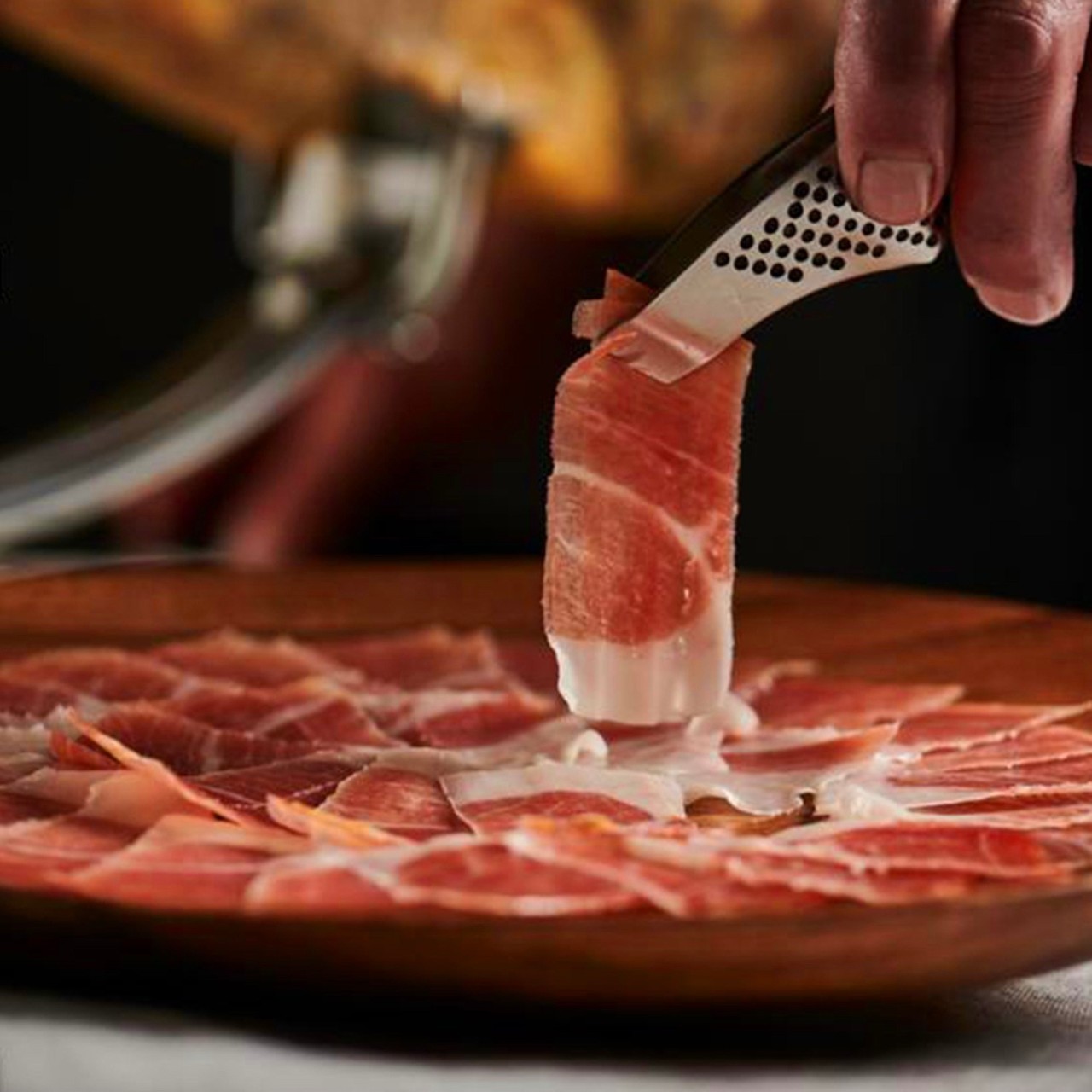.png.transform/rendition-xs/image_image%20(1).png)
Jamón de Teruel PDO, 40 Years Committed to Flavor and Sustainability
The entire region’s dedication to the production of Jamón de Teruel, from raising pigs to ham production, and its ability to maintain the product’s traditional essence beyond Spain’s borders, are the keys to its success
A ham-tastic anniversary! Jamón de Teruel PDO celebrated its 40th birthday earlier this year, organized by the regulatory council. The special event was geared towards foodies, farmers, and producers.
The topics addressed included facing the challenges in Europe in terms of animal welfare and sustainability in rural areas, and the future of Teruel PDO ham. As a result of the event, attendees committed to using top-tier technology to produce Jamón de Teruel that would further highlight its unique qualities, ensuring the animals’ wellbeing, and maintaining the focus on sustainability in the ham production process in the region, as has always been the case.
Cured Serrano hams from this PDO come from crossbred white pigs in Teruel, Aragón. The curing process lasts for at least 14 months, which is when the hams acquire their unique flavor and texture. This highly sought-after ham have a smooth, pleasant aroma and a lightly salted flavor. When it’s sliced, it’s generally shiny red with partial fat infiltration into the muscle tissue, and the fat is shiny, unctuous, and aromatic.

How to eat jamón de Teruel
You can eat it on its own, but it’s also great in recipes. It can be the ingredient that makes a chickpea or pea dish stand out. You’ll also find it in tapas classics like croquetas or on toast with cheese, nuts, and pear. There are more creative options too, like a jamón de Teruel PDO, tomato, avocado, and lime foam tartare, or a spinach, Tronchón cheese, and jamón de Teruel PDO tartlet.
The PDO quality seal is protected and recognized by the European Union and preserves and promotes the traditional and artisanal production of ham.
